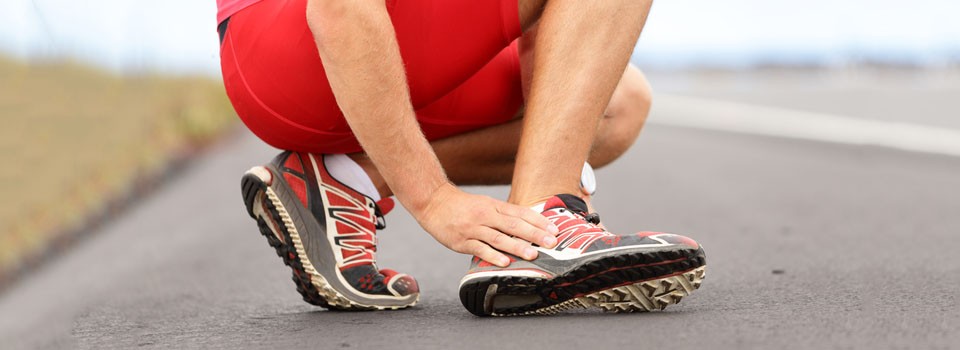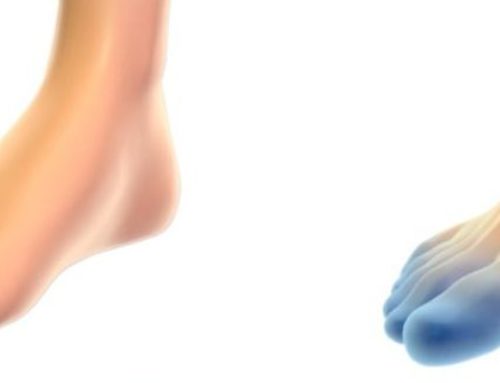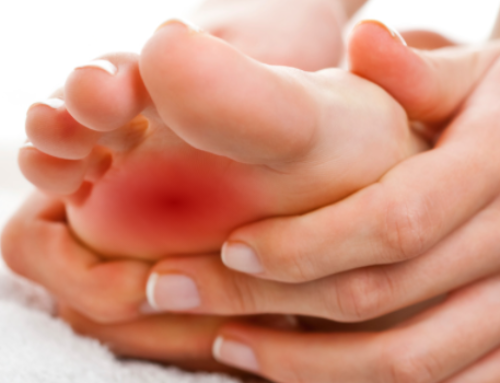
The Achilles tendon is the largest and strongest tendon. Starting from behind the knee, it runs down the back of your lower leg to your heel. Basically, it connects your heel bone to your calf muscles, and grants us the simple pleasures of walking, running and jumping. Without the Achilles tendon, walking would be beyond challenging, as our heel would be unable to be raised from the floor.
CAUSES
Achilles tendinitis is not due to a specific sports injury, it is damaged by over-extension of the tendon. Poor footwear, recent changes in footwear, or playing a sport on a surface that is slippery or uneven are also causes.
Age is also a cause of Achilles tendonitis, because over time, the tendon, and other body tissue weaken and injury is more likely to happen.
Although rare, some individuals are born with Achilles tendonitis.
WHO is at RISK and OTHER RISK FACTORS
- Weekender sport enthusiasts who participate in tennis, racquetball, basketball and other sports that require sudden starting and stopping movements.
- Women who wear high heels daily, as the tendon becomes shorter as it adapts to this type of footwear.
- Runners who suddenly increase incline and/or distance to this routine.
- Certain antibiotics have been said to increase the risk of Achilles tendinitis.
- Individuals with certain medical conditions, such as high blood pressure and diabetes, are also at higher risk of developing painful Achilles tendinitis.
TREATMENT
- Physical therapy – in which you will be instructed and taught specific stretching exercises, to help strengthen the tendon and supporting muscles.
- Orthotic devices – that are structured to slightly raise the heel to relieve stress on the tendon.
- Over-the-counter anti-inflammatory medications may help relieve some pain.
- RICE (rest – ice – compression – elevation).
- Surgery is recommended if the tendon is torn, as this type of injury will not repair itself.
PREVENTION
Total prevention of Achilles tendonitis may not be possible, but there are some simple steps to take, to reduce your risk.
- Increase intensity and duration of physical activity gradually.
- Stretch daily, especially upon waking up, and prior to and after an exercise routine.
- Focus on keeping strong calf muscles, as it will help to buffer stress and strain on the Achilles tendon.
- Choose footwear with care, as they should have excellent cushioning with a firm arch support.
- Cross train your exercise routine. Enjoy a long run around town in the autumn, and jump into a pool to do some laps on alternate days.
Call to schedule an appointment today, and when you visit Doctor Lefkowitz at Quality Foot Care, located in Doylestown, it is advised that you have answers to the follows questions:
- Exactly where does it hurt?
- Does the pain worsen with certain activities?
- Do you feel less pain when rested?
- What types of exercise shoes do you wear?
- What types of exercises do you participate in?
- Have there been any significant changes in your exercise routine lately?
- Have you attempted any pain relief?
To further conduct a thorough examination, an ultrasound, MRI or X-rays may be ordered.



